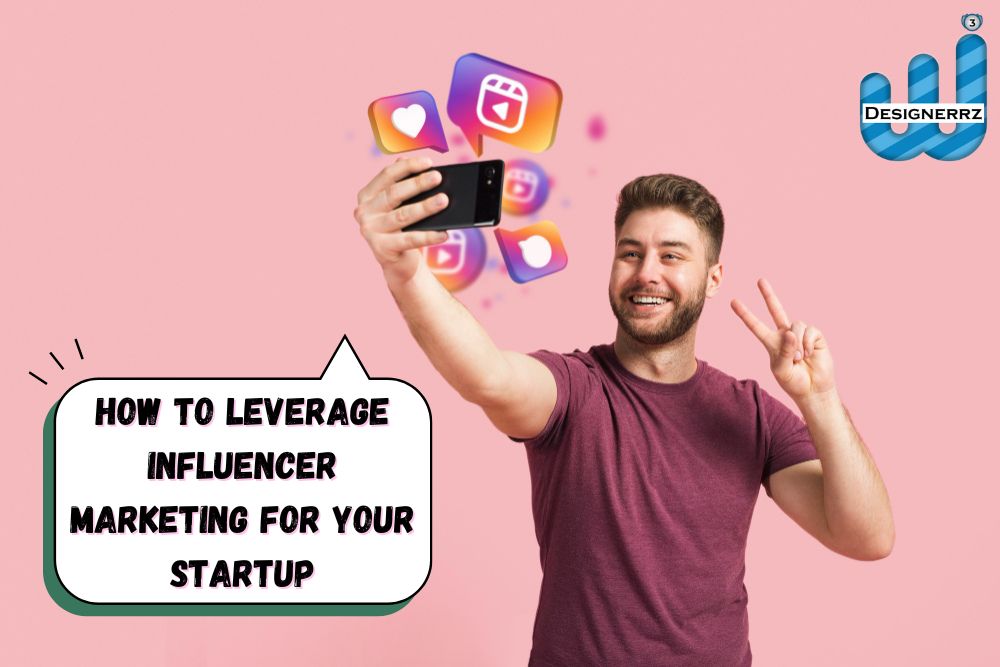A Guide to Content Marketing that Converts
Content marketing is a powerful tool for businesses to connect with their audience and convert them into loyal customers. But how can you create content that not only engages but also converts? In this guide, we’ll walk you through the basics of content marketing and provide valuable tips to make content that drives conversions, all in simple English.
What is Content Marketing?
Content marketing is a strategy where businesses create and share valuable content to attract and engage their target audience. This content can take various forms, such as blog posts, videos, infographics, social media posts, etc. The ultimate goal of content marketing is to build trust, establish authority, and persuade people to take a specific action, like making a purchase or signing up for a newsletter.
- Know Your Audience
To create content that converts, you need to understand your audience. Who are they? What are their needs, challenges, and interests? Conduct market research and create buyer personas to get a clearer picture of your ideal customers. When you know your audience well, you can tailor your content to their preferences, making it more likely to resonate and convert.
- Set Clear Goals
Before creating any content, establish clear and specific goals. What do you want to achieve with your content marketing efforts? Are you looking to increase website traffic, generate leads, boost sales, or build brand awareness? Setting goals will help you measure the success of your content and stay focused on what matters most.
- Create High-Quality Content
Quality matters in content marketing. Your content should be informative, relevant, and well-researched. It should provide value to your audience by addressing their questions or solving their problems. High-quality content not only attracts readers but also builds credibility and trust.
- Optimize for SEO
Search Engine Optimization (SEO) is essential for getting your content found online. Use relevant keywords that your audience is likely to search for, and optimize your content’s structure, headings, and meta descriptions. This will improve your content’s visibility in search engine results, driving more organic traffic to your website.
- Engage Your Audience
Engagement is key to conversion. Encourage your audience to interact with your content by asking questions, inviting comments, and sharing relatable stories. Respond to comments and foster a sense of community to build a loyal following.
- Use Visuals
Visual content, such as images, videos, and infographics, can be more engaging and shareable than text alone. Use visuals to break up long blocks of text and convey information more effectively.
- Call to Action (CTA)
Every piece of content should include a clear and compelling Call to Action (CTA). Whether it’s “Buy Now,” “Sign Up,” or “Learn More,” your CTA guides your audience towards the desired action. Make sure it stands out and is easy to find.
- Analyze and Adapt
Regularly monitor the performance of your content using analytics tools. Pay attention to metrics like click-through rates, conversion rates, and social shares. Use this data to refine your content strategy and make improvements over time.
Content marketing that converts requires a deep understanding of your audience, a commitment to quality, and a well-defined strategy. By following these simple steps, you can create content that not only engages your audience but also drives them to take action, ultimately helping your business grow and succeed. So, get started today and watch your content work its magic!











